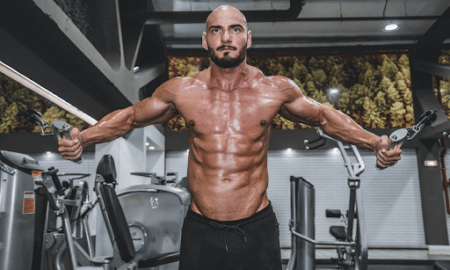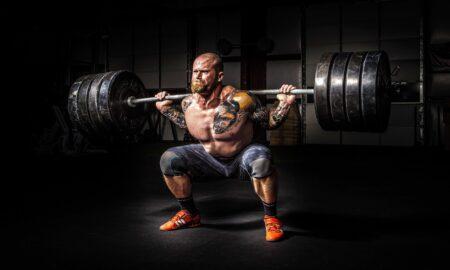We train for many reasons, and that fact has led to many styles of training. The choice of training method is based on the purpose of training. Too often trainees feel there’s only one way to train. That’s simply not true. Recreational trainees often follow the methods of their favorite bodybuilders, which are typically published in bodybuilding magazines. The body is generally trained with individual bodypart routines involving multiple sets of multiple exercises.
Some bodybuilders, such as the Mentzer brothers, made low-set and single-set training popular. The Mentzers took that concept from Nautilus creator Arthur Jones. Interestingly enough, Jones questioned his one-set-to-failure training method in “Exercise 1986,” an article that you can find at ArthurJonesExercise.com. Jones’ research revealed that too many factors are in play to advise all trainees to train that way. There are varied short- and long-term responses to training.
Other methods of training don’t always seem to make sense at first glance, but once you understand a method’s purpose, it all makes sense. Shane Hamman was a powerlifter who made a successful transition to weightlifting. As a superheavyweight powerlifter Shane performed a power squat with more than 1,000 pounds. After he moved to weightlifting, his coaches rarely had him squat more than 660 pounds—66 percent of max—because he would never have more weight than that during his lifts, and he didn’t need more leg and back strength.
As a powerlifter Shane didn’t care how long it took to squat 1,000 pounds. That was an absolute strength test. There are other forms of strength, including speed strength and reactive strength. The velocity of the bar trajectory in weightlifting limits the amount of weight that can be handled. If the bar doesn’t move fast enough, the weight cannot be lifted. I witnessed Shane clean 518 pounds and stand up with it—in a front squat—so fast that the bar came off his chest by several inches. It takes tremendous speed-strength to perform a movement such as that.
Famous strongman Paul Anderson was the ’56 Olympic gold medalist in weightlifting. Anderson became the first person to perform a military press with 400 pounds. His training was counterintuitive then. He was a weightlifter who performed the three powerlifts to supplement his overall strength and help his Olympic lifts. That gave him a tremendous base of strength. He added box jumps and a few atypical lifts like the one-arm press, triceps exercises and stiff-legged deadlifts to his training. It produced a legend in strength. The rules regarding amateur vs. professional sports status were much more strict then, and Anderson became a professional athlete soon thereafter. His records didn’t count because of his professional status, but they included a 1,200-pound squat, 627-pound bench press and 820-pound deadlift. Also, he did stiff-legged deadlifts with 800 pounds with special straps, push presses with 550 pounds for reps and strong Olympic lifts.
I had the good fortune to be able to speak with Anderson many years ago. He was quite insightful about the concept of specificity of training. Anderson would always choose the lift that would enable him to handle the most weight. For example, he said he would not do an incline press. His reason: “I can handle more weight on the bench press and the push press, so why should I perform an incline press?” Specificity of training is an important point but is a topic for another column.
Paul Anderson was the commissioner of power at the first World’s Strongest Man competition in 1977. His power was still evident, even then. There was a 750-pound wheelbarrow race, and Anderson demonstrated the event for television. He picked up one end of the wheelbarrow and took off down the track with significant acceleration without any balance difficulty. Lou Ferrigno competed in that event, and you could see the wobble of the wheelbarrow as he tried to race with it. The difference in hip, thigh and back power was evident. That’s not a slight to Ferrigno, as he won two strength events. Even with his bodybuilding-training methods, Ferrigno won the steel-bar bend and the car lift by lifting the back of a car with 600 pounds in the trunk.
I’ll have more on the purpose of training next month.
Editor’s note: Visit www.SoftTissueCenter.com for reprints of Horrigan’s past Sportsmedicine columns that have appeared in IRON MAN. You can order the books Strength, Conditioning and Injury Prevention for Hockey by Joseph Horrigan, D.C., and E.J. “Doc” Kreis, D.A., and The 7-Minute Rotator Cuff Solution by Horrigan and Jerry Robinson from Home Gym Warehouse, (800) 447-0008 or at www.Home-Gym.com.




















You must be logged in to post a comment Login